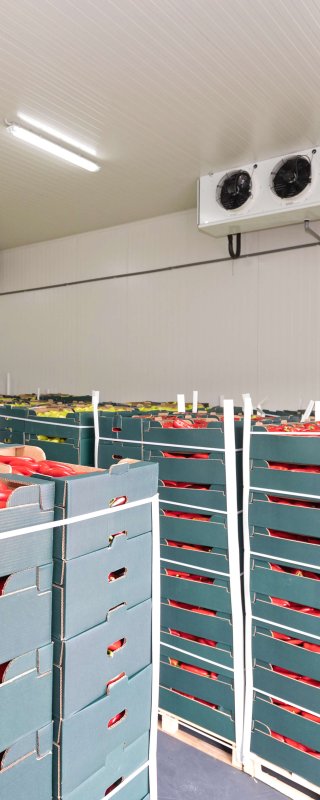
Storage of fresh produce
Storage takes place in different parts of the supply chain for multiple reasons. Short-term storage (hours, days) may be required for pre-cooling or when waiting for further processing or transport. Long-term storage (weeks, months) makes it possible to supply clients with products over a long period of time, even when product are not available directly from the field. To minimize quality loss during storage, the respiration and moisture loss of the products is managed by controlling the temperature and humidity in the storage room. In addition, O2, CO2 and ethylene concentrations are particularly relevant. The interaction between products and technology is a fascinating aspect of storage
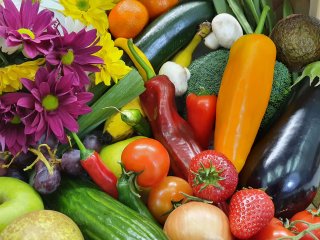
Products
The best storage conditions depend on species and variety. Pumpkins can be stored for months, figs only a few days. Ideal storage conditions such as temperature also varies greatly between species. Products from (sub)tropical origin can be damaged at low temperature and therefore prefer higher temperatures (12 °C or higher). Most ‘temperate’ fruit and leafy vegetables can be stored at lower temperatures (between 0 and 4 °C). In addition to temperature, the optimum humidity largely depends on the type of product: is it a fruit, a seed, a stem (with leaves), leaf, a flower, tuber, bulb or root.
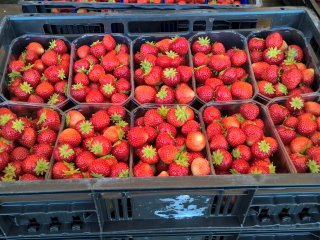
Packing and stacking
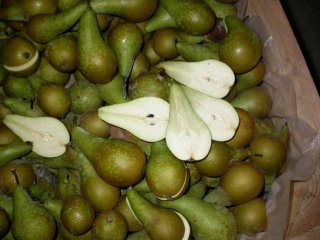
Temperature
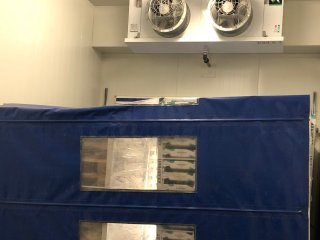
Cooling methods
When bins, boxes or other containers with products are simply placed inside a cool room (room cooling), the reduction to the optimal product temperature can take up to several days. It is used commonly for products with a long storage life. Examples are citrus fruits, apples and pears. Different pre-cooling systems are available to bring down the product temperature faster, usually within a few hours. This is necessary for products such as strawberry and lettuce. Depending on the product, methods are: vacuum cooling, hydro-cooling, use of ice, and forced-air cooling systems. Forced-air cooling is a widely used method of pre-cooling. The temperature decrease of products is then faster than room cooling because the cold air is forced to move through the bins or boxes.
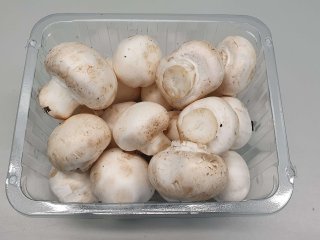
Humidity
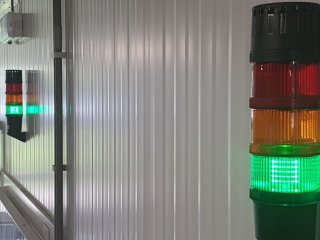
O2 and CO2
Regular atmosphere storage (RA) is most commonly used for a range of horticultural products, particularly for short-term storage. The cooling can be combined with Controlled Atmosphere (CA) or Modified Atmosphere (MA) storage, with reduced O2 and increased CO2. Storage under low oxygen is also called ULO (Ultra Low Oxygen). With these technologies, the quality is better preserved thanks to reduced oxygen and increased carbon dioxide levels. Examples are the CA storage of apples, pears or blueberries for several months. Dynamic Controlled Atmosphere (DCA) storage is a method in which storage conditions are adjusted based on product response. This leads to even lower O2 levels.
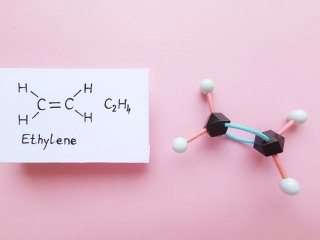
Ethylene
Control of ethylene is important in storage because ethylene can lead to faster ripening and senescence. All horticultural commodities produce ethylene. This gas is also known as the ripening hormone or senescence hormone. Especially fruit that ripens during storage can produce large amounts of ethylene. Ethylene can also come from external sources such as industrial exhaust fumes, cars, gas forklifts and adjoining storage rooms. The most common strategies to reduce negative ethylene effects during storage are: cooling, reduced O2 and increased CO2, avoid excessive ethylene from other sources, ventilation, the use of ethylene removers or converters and application of the ethylene blocker 1-MCP.
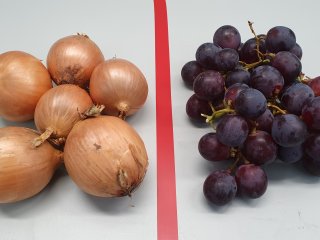
Mixed loads
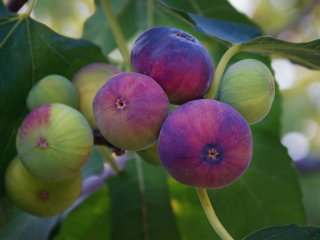
Storage period
During the storage period, various processes in the harvested produce lead to changes. Think of changes in colour, texture and flavour. Tomatoes, for example, turn red. Apples can become soft and ultimately mealy. Most of the time, these changes are unwanted, while the purpose of storage is to minimize the loss of quality. It is of the utmost importance to regularly inspect the product quality in the storage room. Disorders and diseases should be detected at the earliest possible stage. Then, adjustments can be made in the intended storage period or in storage temperature, humidity or other conditions.
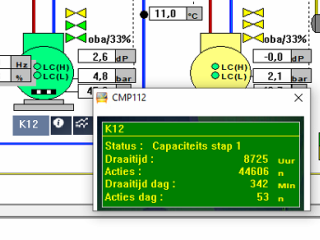
Energy and economics
Investment and exploitation costs are considerations before a storage facility is built. The energy consumption of storage rooms can contribute significantly to the total cost of a storage facility in operation. A good registration of the energy consumption will provide you with useful insights. There can be several methods to reduce energy consumption responsibly, without taking risks of a decrease in product quality. Examples are improvements in insulation, changes in refrigeration settings and the use of energy-efficient fans. Also think of simple changes in daily practice, such as limiting the opening of doors and turning off the lights.
